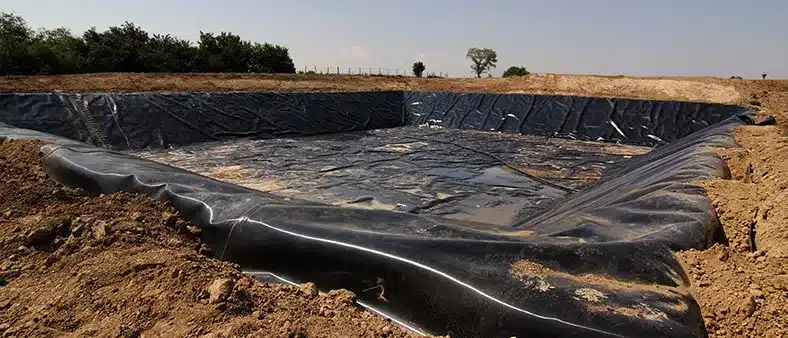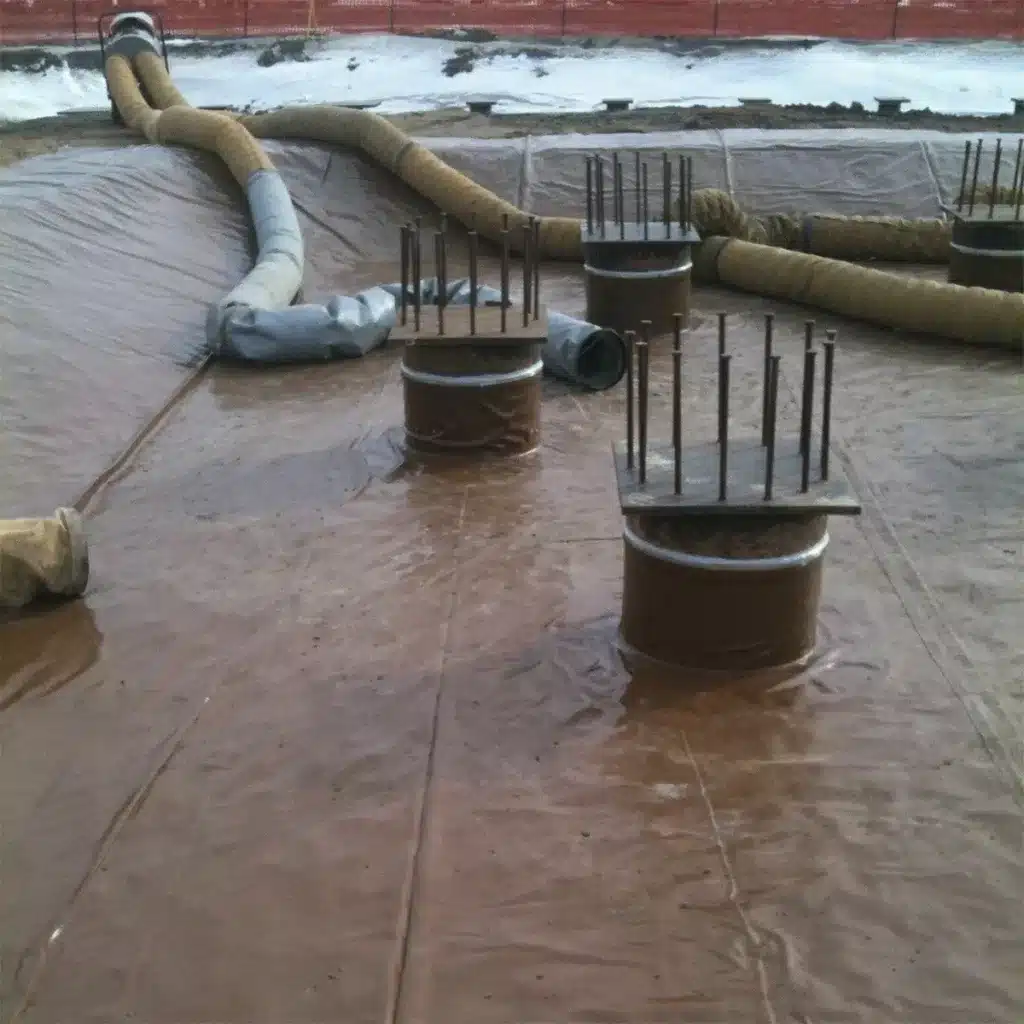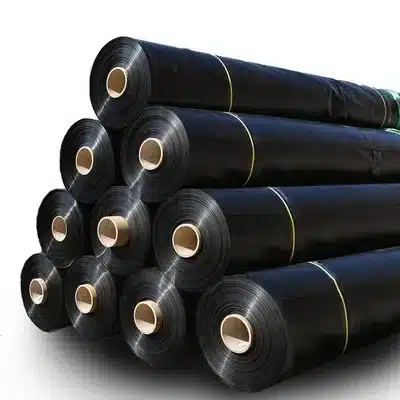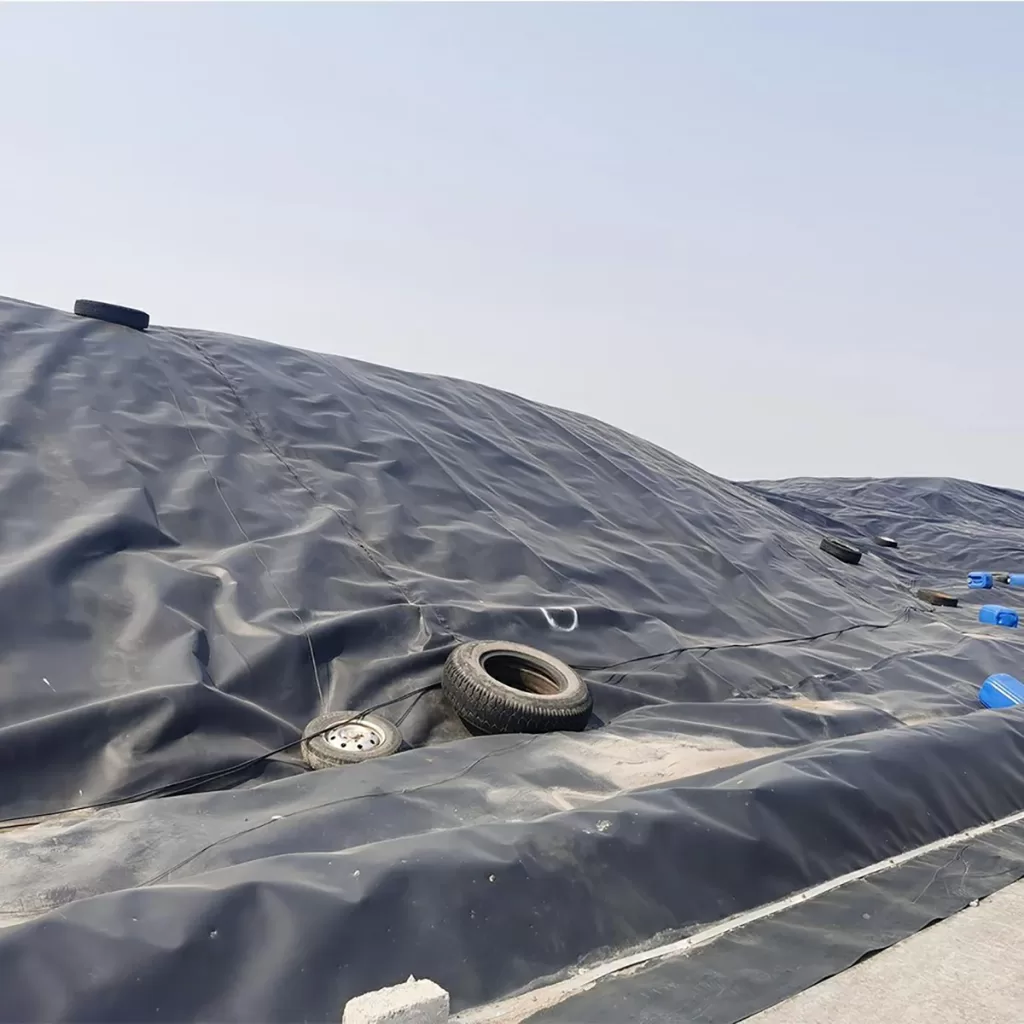+86-159 9860 6917
info@geofantex.com
geofantex@gmail.com
+86-400-8266163-44899
In the world of civil engineering and construction, innovation and sustainability are paramount. Among the myriad of advancements, reinforcement geosynthetics stand out as a transformative solution for ground improvement. These materials not only offer enhanced durability and stability to structures but also contribute to environmentally friendly construction practices. This article delves into the essence of reinforcement geosynthetics, exploring their types, methods of ground improvement, and the mechanisms through which they reinforce the earth beneath our feet. Join us as we unravel the complexities of these groundbreaking materials and their pivotal role in shaping the future of construction.

What is Geosynthetic Reinforcement?
Geosynthetic reinforcement involves using synthetic materials like geogrids, geotextiles, and geomembranes to improve soil stability and performance in civil engineering. These materials enhance soil strength, reduce erosion, and provide support in applications such as road construction, retaining walls, and landfill liners. Geosynthetics are cost-effective, environmentally friendly, and durable, making them essential for modern infrastructure projects that require enhanced soil behavior and long-term reliability.
What is the Reinforcement Method of Ground Improvement?
The reinforcement method of ground improvement strengthens weak soils to enhance their stability and load-bearing capacity. Key techniques and materials include:
- Soil Nailing: Uses steel bars to stabilize slopes.
- Geosynthetics: Geotextiles and geogrids improve soil strength.
- Deep Soil Mixing: Combines soil with cement for enhanced cohesion.
- Compaction Grouting: Injects grout to compact soil.
- Applications: Effective in road construction, slope stabilization, and foundation strengthening.
- Advantages: Cost-effective, less disruptive, and improves soil capacity.
- Disadvantages: May be ineffective in very soft soils and requires maintenance.
This method is widely used in civil engineering to improve the performance and durability of construction sites with challenging ground conditions.

What are the Geosynthetic Materials for Reinforcement?
Geosynthetic materials for reinforcement encompass a wide range of products, each with unique properties and applications. These include:
- Geotextiles: Permeable fabrics, such as polypropylene woven geotextile, which separate, filter, reinforce, protect, or drain when used in association with soil. These geotextiles are particularly valued for their durability and ability to improve soil stability under various conditions.
- Geogrids: Open grid-like structures that reinforce soil and aggregate layers through interlocking mechanisms. They are instrumental in lending additional support and stability to embankments and earth-retaining structures.
- Geomembranes: Impervious sheets are used primarily for containment purposes but can also provide structural support when combined with geotextiles or geogrids. These are essential in environmental and hydraulic applications to prevent contamination.
- Geocells: Three-dimensional honeycomb-like structures filled with soil or aggregate to improve load distribution and slope stability. Geocells are effective in applications where soil stabilization and erosion control are critical.
- Geocomposites: A combination of different geosynthetics, such as polypropylene woven geotextile with geomembranes or geogrids, to leverage the benefits of each, offering multifunctional solutions for complex engineering challenges. This synergistic approach maximizes the performance and durability of geosynthetic-reinforced structures.
What are the Mechanisms of Reinforcement of Geosynthetics?
The mechanisms through which geosynthetics reinforce soil include:
- Tensile Strength Improvement: Geosynthetics distribute loads over a wider area, reducing stress on the soil and preventing deformation. This process not only enhances tensile strength but also contributes to lateral restraint, increasing the soil’s ability to resist lateral pressures and movements.
- Interlocking: Particularly with geogrids, the soil particles interlock with the grid openings, enhancing the soil’s shear strength and stability. This interaction between geogrids and soil particles facilitates increased bearing capacity, enabling the soil to support heavier loads without significant settlement or displacement.
- Separation and Filtration: Geotextiles prevent the mixing of different soil layers while allowing water to pass through, maintaining structural integrity and preventing erosion. This separation ensures that the tensile strength of the soil is maintained, and filtration provides an added layer of protection against the loss of fine particles, preserving the soil structure over time.
- Confinement: Geocells confine soil or aggregates, increasing the stiffness and load-bearing capacity of the reinforced soil. The confined soil exhibits a tensioned membrane effect, where the geocell acts as a flexible membrane that distributes loads more evenly. This effect, combined with the inherent features of confinement, significantly enhances the overall stability and durability of the structure.
Reinforcement geosynthetics represent a groundbreaking approach to civil engineering and construction, offering a sustainable and efficient solution for ground improvement. Through a variety of materials and methods, these innovative products enhance soil stability, support environmental conservation, and pave the way for the construction of durable and resilient structures. As the demand for sustainable construction grows, the role of reinforcement geosynthetics in future projects is set to expand, underscoring their importance in building a more stable and sustainable world.



Get Free Sample
We’ll respond as soon as possible(within 12 hours)





















